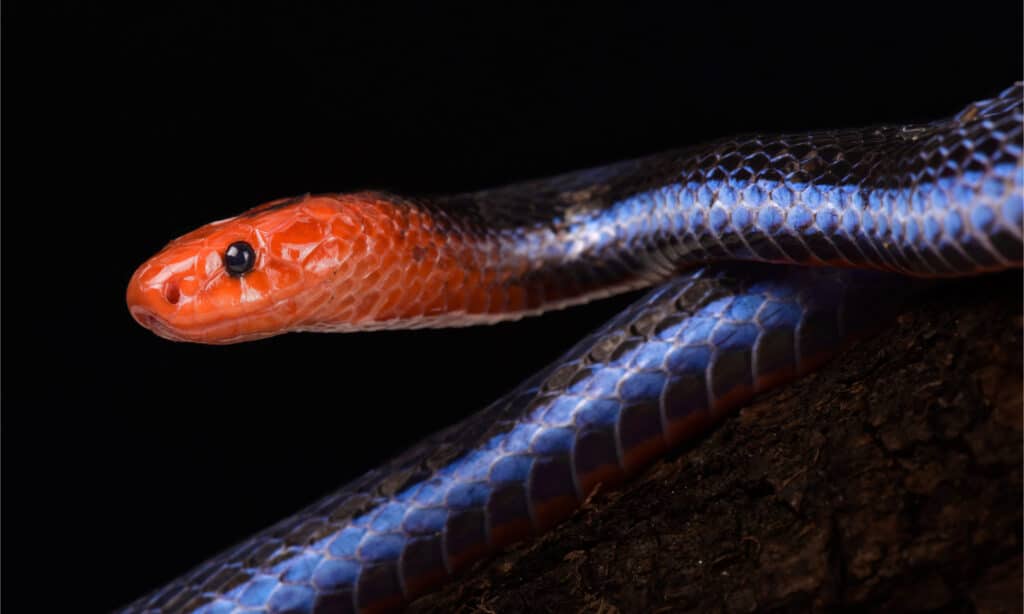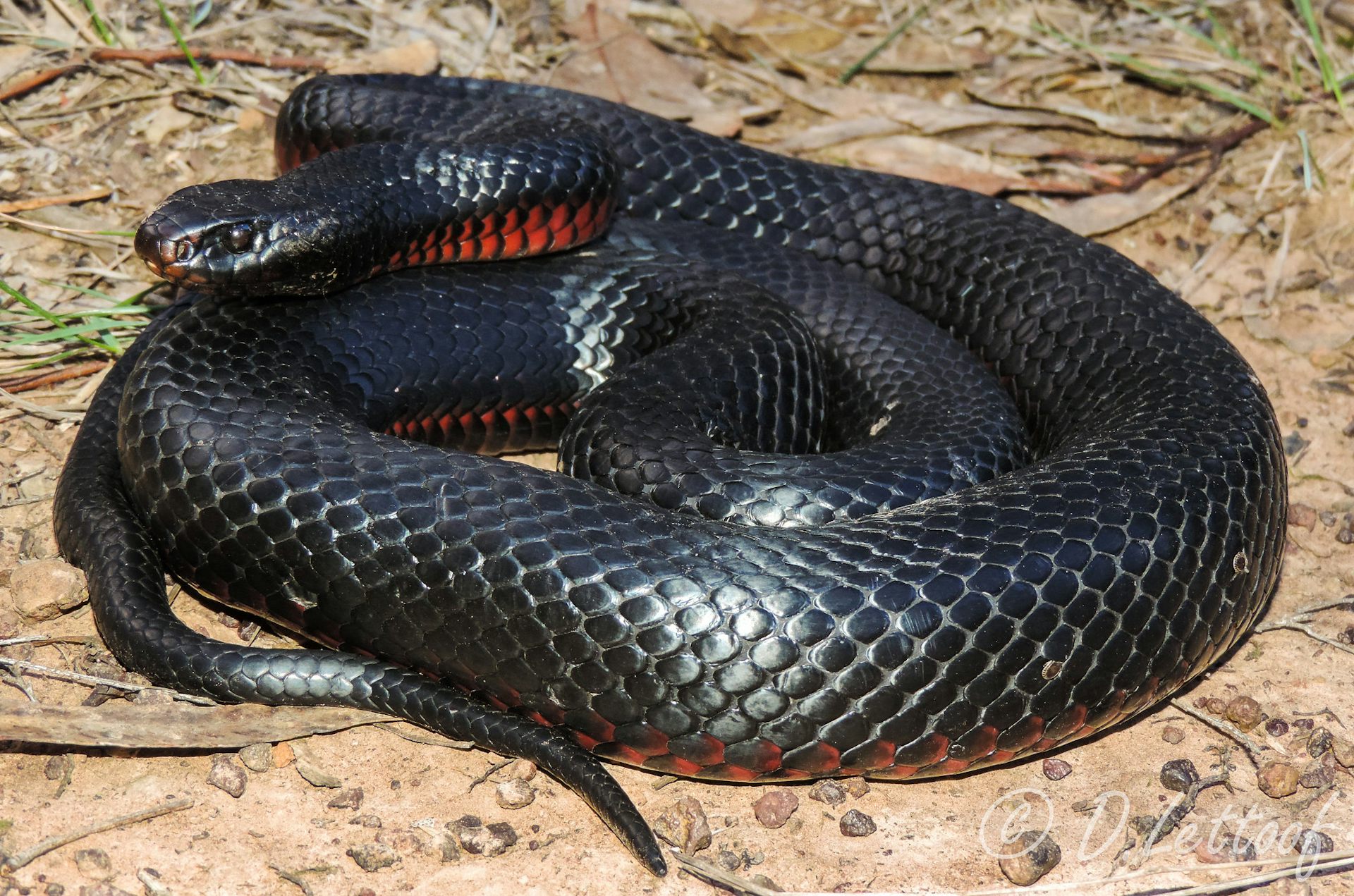Introduction
Australia is famed for its special wild animals, consisting of a varied array of poisonous serpents. These animals, while commonly been afraid, play important functions in maintaining eco-friendly balance. Understanding the conservation of Australia's poisonous snakes and the function that education and recognition play can significantly enhance our conjunction with these fascinating reptiles. This short article explores different facets of serpent preservation, the value of public education and learning, and sensible emergency treatment steps for snake bites.
Conservation of Australia's Venomous Snakes: The Duty of Education and Awareness
In Australia, serpents are an essential part of the ecological community, managing pest populations and contributing to biodiversity. Nonetheless, lots of varieties encounter hazards as a result of environment loss, environment change, and human activity. The conservation efforts focused on protecting these reptiles hinge considerably on education and learning and raising understanding among the general public.
By notifying individuals about serpent behavior, their eco-friendly relevance, and safe techniques for cohabiting with them, we can decrease fear-driven activities that lead to unnecessary killings or injuries. Educational initiatives help dispel misconceptions bordering snakes-- such as the usual question: are tiger snakes venomous?-- and motivate regard for their duty in nature.

The Importance of Understanding Programs
Awareness programs are essential in changing public perceptions regarding serpents. Several individuals check out these reptiles as naturally unsafe without recognizing their environmental functions. Public outreach initiatives can include workshops, community occasions, school programs, and information projects designed to inform people about:
- Identification of venomous species: Comprehending which serpents threaten aids people avoid encounters. Safe behaviors: Teaching people how to act around serpents can protect against bites. First help knowledge: In situations where attacks do happen, being educated about emergency treatment for snake attacks can conserve lives.
By increasing awareness through structured education initiatives, we can foster a culture that appreciates wildlife and focuses on coexistence rather than fear.
Types of Venomous Snakes Established In Australia
Australia is home to several of the globe's most poisonous snakes. Here's a quick overview:
Tiger Serpent (Notechis scutatus)- Commonly found in coastal regions. Known for its powerful neurotoxic venom. Frequently seen near water bodies.
- Highly hostile with potent venom. Responsible for more snakebite fatalities than any various other species in Australia.
- Known for its ambush hunting style. Has swift striking rate with highly neurotoxic venom.
- One of Australia's largest poisonous snakes. Its bite can deliver big amounts of neurotoxin.
- Generally non-aggressive however still possesses harmful venom. Found primarily along the southwestern coast.
Understanding Their Habitats
Understanding tiger serpent habitat is essential for both conservation efforts and public safety and security. Tiger serpents grow in areas near water resources such as swamps, lakes, and marshes however they additionally live in coastal areas. Securing these habitats is important for ensuring the survival of not king brown snake only tiger snakes yet likewise other wildlife within these ecosystems.
Habitat Security Initiatives
Various organizations work towards environment security through initiatives such as:
- Establishing shielded areas Restoring deteriorated habitats Promoting sustainable land use practices
These gauges not only profit tiger snakes however contribute to total biodiversity conservation.
The Role of Research study in Preservation Efforts
Research plays an essential role in comprehending snake populations and their health standing. Recurring studies right into the ecology and actions of Australian serpents notify preservation strategies by providing information on population numbers, reproducing patterns, and threats faced by various species.
Key Research study Locations Include:
- Venom analysis Population dynamics Habitat preferences
This study can direct reliable monitoring strategies to shield vulnerable types while helping with coexistence with humans.
First Help for Snake Bites: Necessary Knowledge
One essential facet that intertwines with education is knowing what to do in situation one struggles with a serpent attack-- a situation that demands immediate response skills.
What Every First Aid Package Ought To Contain
An appropriate serpent bite emergency treatment package should include:

- Compression bandages Sterile gauze pads Antiseptic wipes A splint or immobilization device Emergency contact numbers
Step-by-Step First Aid Treatment for Serpent Bite
Remain calmness; try to restrict movement as it may spread out venom quickly. Apply a compression plaster above the bite website without removing circulation. Keep the bitten limb paralyzed at or listed below heart level. Seek emergency situation medical assistance immediately.Why Education and learning on Emergency treatment Is Crucial
Educating areas concerning emergency treatment steps makes sure timely actions during emergency situations which can significantly lower morbidity connected with snake bites across Australia.
Frequently Asked Concerns (FAQs)
1. Are tiger serpents venomous?
Yes! Tiger serpents are extremely venomous with neurotoxic effects which make prompt medical therapy important after a bite.
2. What need to I do if attacked by a baby tiger snake?
Follow criterion emergency treatment procedures right away-- keep one's cool, paralyze the limb, use stress over the bite site utilizing a bandage or cloth without restricting blood circulation-- and seek clinical help without delay.
3. Just how common are serpent bites in Australia?
While data differ year-to-year due to elements like climate condition influencing serpent tasks; average reports suggest around 300 instances each year with fatalities being fairly uncommon due to better clinical responses.
4. Can I deal with a serpent bite at home?
No! Home treatments such as applying ice or sucking out poison are inadequate; specialist medical focus is needed after any kind of presumed bite incident.
5. What's one-of-a-kind about eastern brown snakes?
Keelback snake biteThey're understood for their hostile nature integrated with potent poison; they represent many deadly attacks in Australia due greatly to their closeness to booming areas!
6. What are some usual signs following a serpent bite?
Symptoms may consist of swelling around the bite location, discomfort at or near the website; systemic signs can involve queasiness or difficulty taking a breath depending upon toxin type taken in right into bloodstream!

Conclusion
Conservation efforts surrounding Australian venemous serpents rest on Habitat locations of Australia’s most venomous snakes effective academic techniques that equip communities while fostering regard in the direction of these often-misunderstood animals! By improving understanding concerning their ecological value alongside appropriate safety protocols-- consisting of emergency treatment knowledge-- we lead roadways toward sustainable conjunction profiting both human beings & & wildlife alike!
In essence-- the discussion surrounding conservation should continue prospering via positive engagement marrying clinical research study along with area involvement making sure significant influence today & & tomorrow!